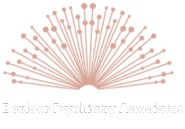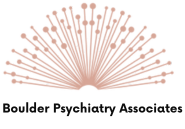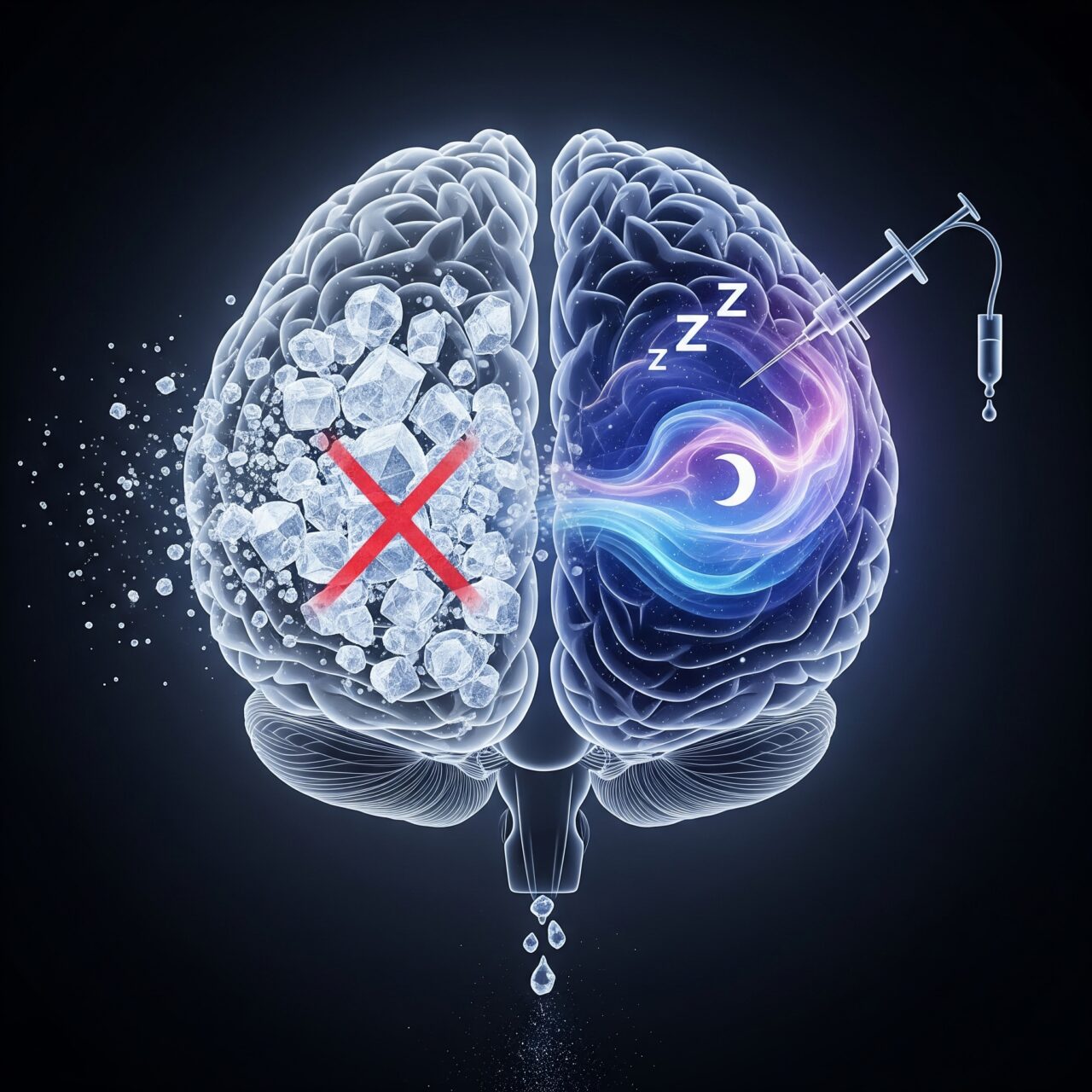I prescribe actual medication. The kind that’s been tested, approved, and doesn’t come in a hemp-wrapped mason jar. But I’m also not blind. Or arrogant. Or so deep in my own lane that I can’t see there might be more than one way to help someone feel like a functioning human being. That’s why I go to integrative medicine conferences. Not because I want to swap my stethoscope for a crystal necklace, but because I actually want to learn something.
You’d think we’d all be on board with food being a big deal. Your brain doesn’t exactly run on fumes and hope. It runs on real stuff like fatty acids, magnesium, B vitamins, and actual nutrients that come from food that wasn’t designed in a lab. Roughly 95% of serotonin is produced in the gut, not the brain1. When people are low on these things, they don’t just get hungry. They get anxious. They get tired. They cry during car commercials and start yelling at their toaster. And when that happens, you can bet that the solution might involve more than just “thinking positively.”
Over 30% of Americans are deficient in magnesium2, which plays a key role in mood regulation, sleep, and stress response. As for vitamin D, an estimated 42% of U.S. adults are deficient3. Among people with darker skin, the number is even higher, reaching up to 82%4. These aren’t rare deficiencies. They’re epidemics.
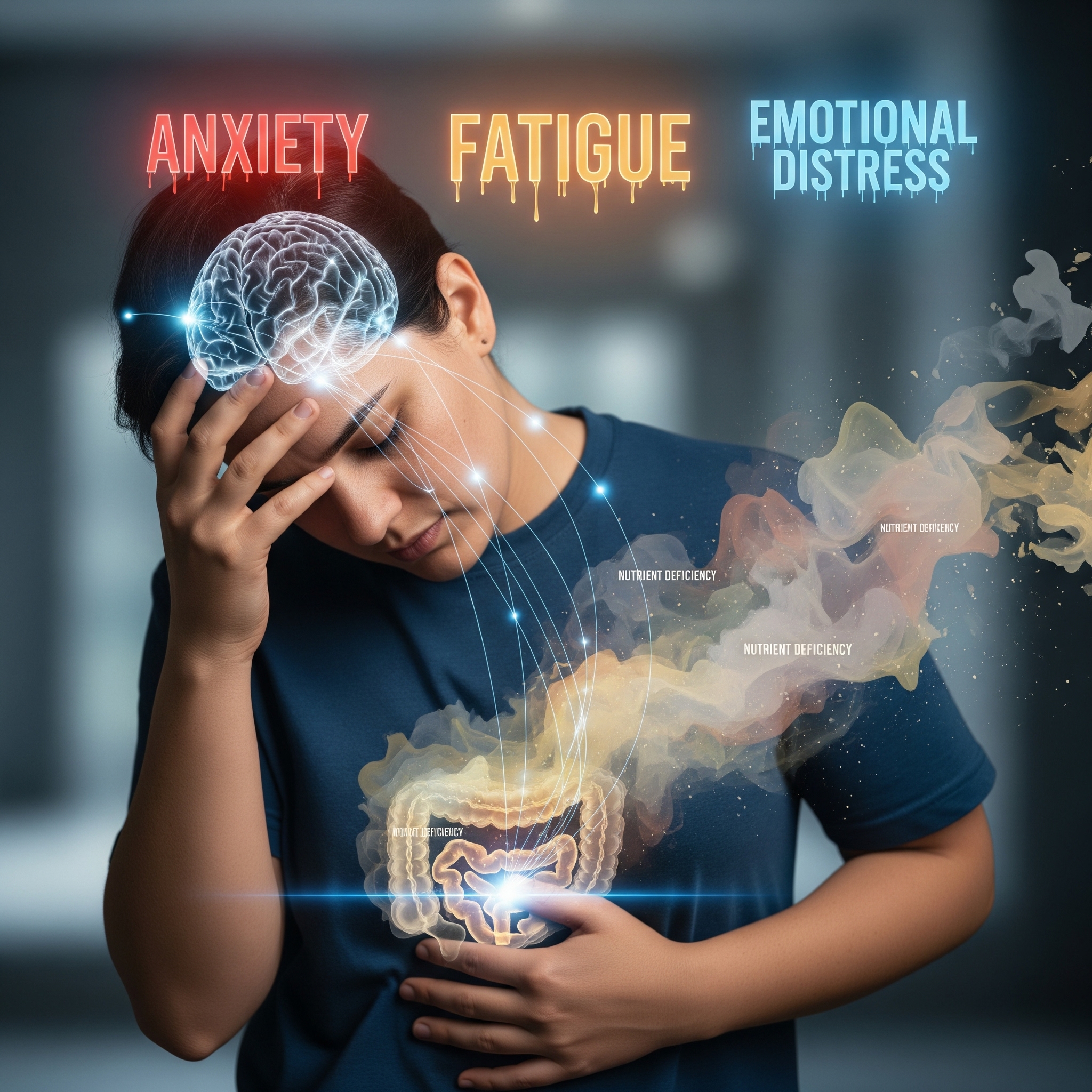
Supplements are not the second coming of Prozac. You can’t just pop a capsule of ashwagandha and expect to suddenly understand algebra or stop crying in the shower. But if someone’s body is genuinely low on something, say vitamin D because they’ve spent the past four years indoors binge-watching TikToks while the sun does whatever it does out there, then yes, topping up that deficiency might actually help. It’s not magic. It’s basic biology.
Supplements are having a moment. You can get melatonin at Target, right next to the chewing gum and seasonal throw pillows. And we’re buying them: three out of four Americans take dietary supplements5, and the supplement industry is now worth over $50 billion annually6. Magnesium is sold like it’s some kind of miracle chill pill. Everyone’s cousin is suddenly into L-theanine, because they heard it helps with focus, helps you sleep, and somehow doesn’t knock you out. Fish oil is still hanging around like that one friend who peaked in 2009 but nobody has the heart to tell them. Collagen powders are being stirred into everything from coffee to existential dread. And elderberry, zinc, and vitamin C are basically the holy trinity of every vaguely wellness-themed kitchen cabinet.
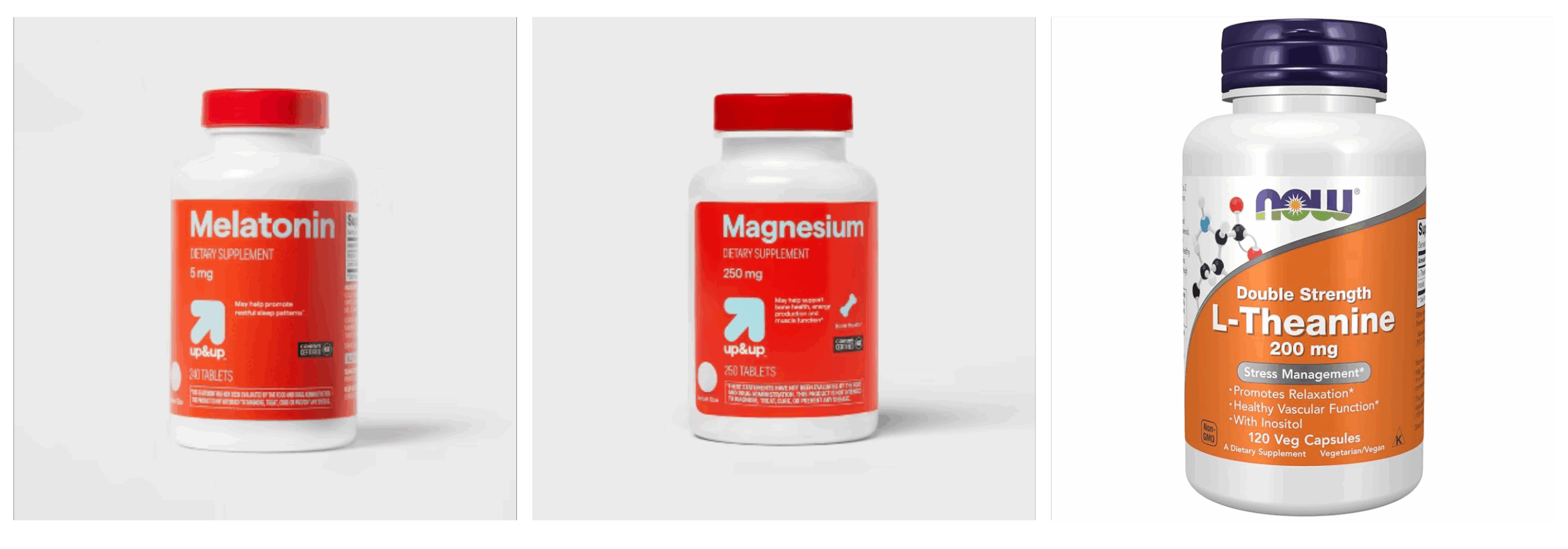
These aren’t just fringe anymore. They’re practically mainstream. Even if nobody really knows how half of them work, or if they’re doing anything beyond making your urine more colorful and more expensive. Only about 20% of supplements have strong clinical trial backing7, but you wouldn’t know that based on the way they’re marketed.
Here is where I like to talk about ketamine. Or, if you prefer the trendier phrasing, “plant medicines.” Except ketamine isn’t a plant. It’s a dissociative anesthetic. Still, it gets lumped in with the fringe crowd, right next to psilocybin, ayahuasca, ibogaine, MDMA, DMT, and whatever else someone swears opened their third eye at Burning Man last summer and helps them dissolve their egos or cross into another universe.
These therapies aren’t exactly mainstream. They aren’t even midstream. They are available legally in four states, if you’re lucky enough to live in Oregon, Colorado, parts of California, or New Mexico. The rest of the country is still acting like these compounds are going to make you grow a tail and join a cult.
But here’s the reality: up to 30% of patients with major depression are treatment-resistant8. This means that the standards of care, including anti-depressants plus/minus Cognitive Behavioral Therapy (CBT), are not helpful to close to a third of people. This has nothing to do with the drugs or the therapy. Ketamine, administered properly, has been shown to reduce symptoms within hours, not weeks9, and for anyone who has suffered from depressive illness with or without suicidality, this “wait” is too long to handle. In some studies, up to 70% of patients experienced rapid relief after a single dose of ketamine10. I’ve seen firsthand how ketamine helps my patients. I’ve watched people who have been stuck for years suddenly get enough relief to think clearly, engage in therapy, and stop feeling like they’re trapped under a weighted blanket soaked in cement. I hear similar sentiments at the completion of their treatment, including that they feel “lighter,” “more calm,” more in touch with themselves, and “stable.” It doesn’t work for everyone, and it’s not a fairy godmother in a syringe, but when it works, it really works.
Currently, I am treating a patient for periodic major depressive illness, a lifetime of therapy, medications, and at the tender age of 31 he feels stuck, unable to help himself by doing the things suggested, whether CBT, Dialectical Behavior Therapy (DBT), street drugs, and alcohol (the latter two being “sneaky” as they helped with some feelings but then became addictions featuring their own sets of problems). He has done “everything” and he still feels stuck and this has directed his inability to function while all of his friends proceed with careers, families, and other personal accomplishments. Yes, he has some jealousy, but mostly he doesn’t know how best to help himself. He feels helpless, worthless, and hopeless.
He is about to start his 6th ketamine treatment (of 8). He said he is sleeping better; he is succeeding in figuring out who he is, and he surprises himself with the kind of forward-thinking he has never felt before. He attributes this to our sessions, to the ketamine, which he said has helped him more than anything in the past. Especially for people who have tried everything else and are tired of hearing the phrase, “have you tried going for a walk?”
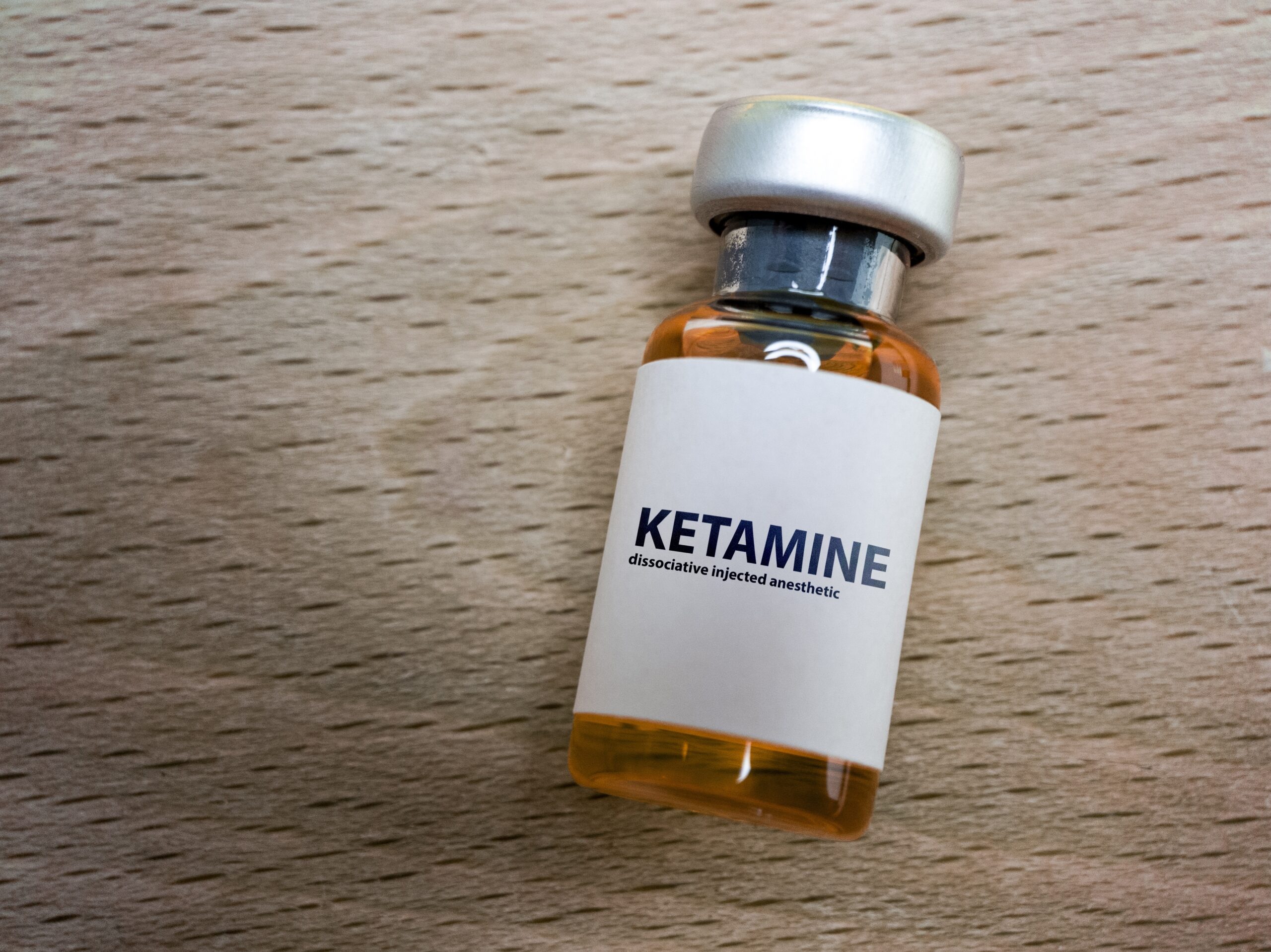
The same people who will fight you to the death over the healing powers of goji berries often have some weirdly solid points. They’re not totally wrong when they say sugar is everywhere. It’s in your cereal. It’s in your salad dressing. It’s probably in the air. The average American consumes 17 teaspoons of added sugar per day11, which adds up to almost 60 pounds a year12. Sugar messes with your brain, your mood, your sleep, and your ability to handle life without throwing your phone across the room. High sugar diets have been linked to a 23% increased risk of depression13, and it’s not hard to see why. I want to hear what people at these conferences are saying about that.
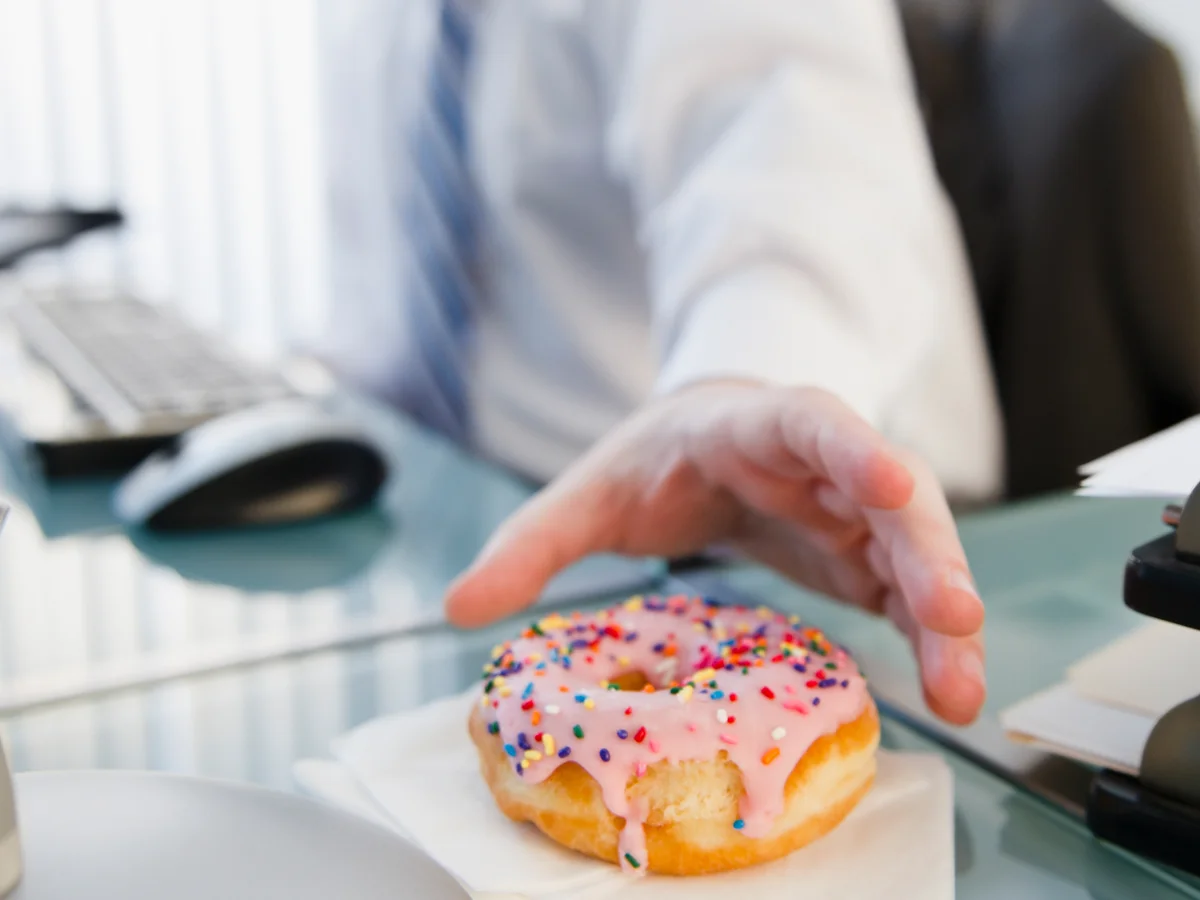
Same goes for social media addiction. There’s a reason people can’t put down their phones. It’s not because they’re lazy or bored. It’s because the apps are literally designed by people wearing suits to make your brain light up like a Christmas tree on Red Bull. Social media activates the same brain pathways as gambling and drugs: dopamine hits, every scroll, every like14. And we’re hooked. The average American spends over 2.5 hours a day on social media, and teens report checking their phones more than 100 times a day15.
We tell our kids to put away their phones, but the parents can’t stop using them. This is watching an addiction without thinking of it as such. If your diet is crap, your sleep is garbage, and your blood sugar is playing hopscotch, you’re going to be even more vulnerable to that kind of hijacking. It’s all connected. Your brain isn’t a floating blob with no ties to your body. It’s part of the whole messy system. You feed it junk; you get junky results.
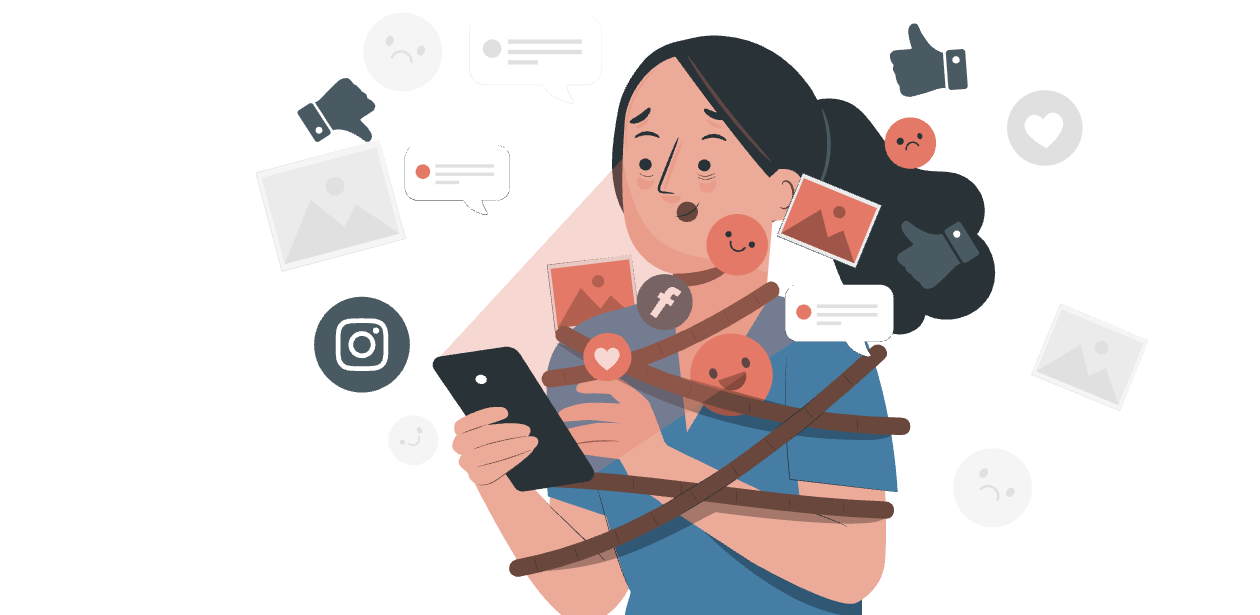
And here’s the kicker. Only 1 in 10 Americans eats enough fruits and vegetables16, and over 70 million adults in the U.S. have poor sleep17. We’re not just missing nutrients. We’re missing the foundation of basic health. No supplement can override that forever.
I don’t believe kale is a miracle. But I do believe that people deserve a little more than “take this pill and good luck.” I think we should be curious. I think it’s okay to admit you don’t know everything, especially when the science is still catching up. And I think it’s actually kind of fun to sit in a room full of wellness influencers and try to figure out which ones are onto something and which ones just like selling powders that taste like tree bark.
At the end of the day, I want my patients to feel better. If that means prescribing an SSRI, cool. If that means telling them to eat real food and maybe touch grass once in a while, even better. If that means giving them ketamine treatment so they can finally exhale for the first time in months, I’m here for that too.
I’m not here to choose sides in some weird war between science and smoothies. I’m here for the middle ground, the place where reason lives, and where nobody tries to sell you chlorophyll drops for $39.99.
So, I’ll be at the integrative medicine conference this fall. I’ll be taking notes. I’ll be asking questions. And if someone hands me a gluten-free cookie that doesn’t taste like despair, I might even smile.
FOOTNOTES:
- Gershon, Michael D. “The Second Brain.” Harper Perennial, 1998, pp. 50–55. ↩
- DiNicolantonio, James J., et al. “Subclinical magnesium deficiency: a principal driver of cardiovascular disease and a public health crisis.” Open Heart, vol. 5, no. 1, 2018, e000668. ↩
- Forrest, Katherine Y.Z., and Walker, Elvira R. “Prevalence and correlates of vitamin D deficiency in US adults.” Nutrition Research, vol. 31, no. 1, 2011, pp. 48–54. ↩
- Nair, Ranjit, and Maseeh, A. “Vitamin D: The ‘sunshine’ vitamin.” Journal of Pharmacology & Pharmacotherapeutics, vol. 3, no. 2, 2012, pp. 118–126. ↩
- Council for Responsible Nutrition. “2023 CRN Consumer Survey on Dietary Supplements.” Published Oct. 2023. ↩
- Statista Research Department. “U.S. dietary supplements market size 2023.” Statista, Jan. 2024. ↩
- Geller, Allison I., et al. “Emergency department visits for adverse events related to dietary supplements.” New England Journal of Medicine, vol. 373, no. 16, 2015, pp. 1531–1540. ↩
- Rush, A. John, et al. “Acute and longer-term outcomes in depressed outpatients requiring one or several treatment steps.” American Journal of Psychiatry, vol. 163, no. 11, 2006, pp. 1905–1917. ↩
- Zarate, Carlos A., et al. “A randomized trial of an N-methyl-D-aspartate antagonist in treatment-resistant major depression.” Archives of General Psychiatry, vol. 63, no. 8, 2006, pp. 856–864. ↩
- Murrough, James W., et al. “Rapid and longer-term antidepressant effects of repeated ketamine infusions in treatment-resistant major depression.” Biological Psychiatry, vol. 74, no. 4, 2013, pp. 250–256. ↩
- U.S. Department of Health and Human Services. “Dietary Guidelines for Americans 2020–2025.” ↩
- USDA Economic Research Service. “Sugar and Sweeteners Yearbook Tables.” Revised March 2024. ↩
- Knüppel, Angela, et al. “High sugar intake from sweet food and beverages predicts depression.” Scientific Reports, vol. 7, no. 1, 2017, article 6287. ↩
- Volkow, Nora D., et al. “The addictive dimensionality of technology.” JAMA, vol. 326, no. 6, 2021, pp. 519–520. ↩
- Common Sense Media. “The Common Sense Census: Media Use by Tweens and Teens 2023.” Published Nov. 2023. ↩
- Centers for Disease Control and Prevention. “Only 1 in 10 adults get enough fruits or vegetables.” CDC Vital Signs, Nov. 2017. ↩
- Institute of Medicine. “Sleep Disorders and Sleep Deprivation: An Unmet Public Health Problem.” National Academies Press, 2006, pp. 60–65. ↩
